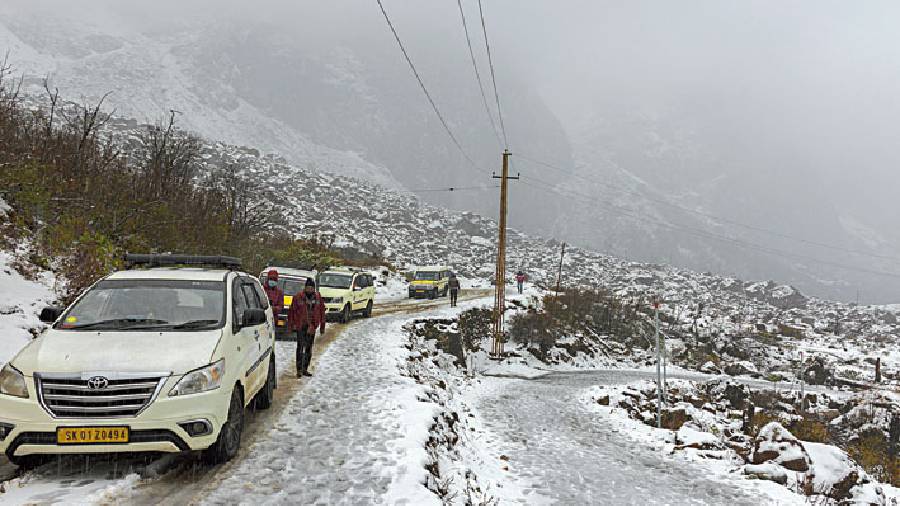India has a range of climatic conditions. And while winter is broadly considered the nicer time of the year in most parts of the country for the respite it brings from the searing heat that sweeps through the country in summer, the intensity of the cold can vary widely. The span starts from from the totally inhospitable upper reaches of the Himalayan region, which become snowbound and often freezing cold, and ends with the coastal regions in the southern end of the country that turn extremely comfortable. And then there is everything in between. Throw humidity into the mix and you can have dry cold or damp cold as well. So one needs to be suitably equipped to deal with this variation.
With transportation being key to our existence, we need to make sure that our vehicles, too, are ready to tackle the change in weather conditions and do not break down as well as remain safe to drive given the change in road conditions. To that end it is important to give them a thorough check and do a few specific other things. This becomes extra important if one likes to take the car on road trips with winter being the season when this can be a more pleasurable experience than at other times of the year.
Here's what one needs to do considering that it is better to be a little overcautious than underprepared.
1. Check the heating, ventilation, and air conditioning (HVAC)
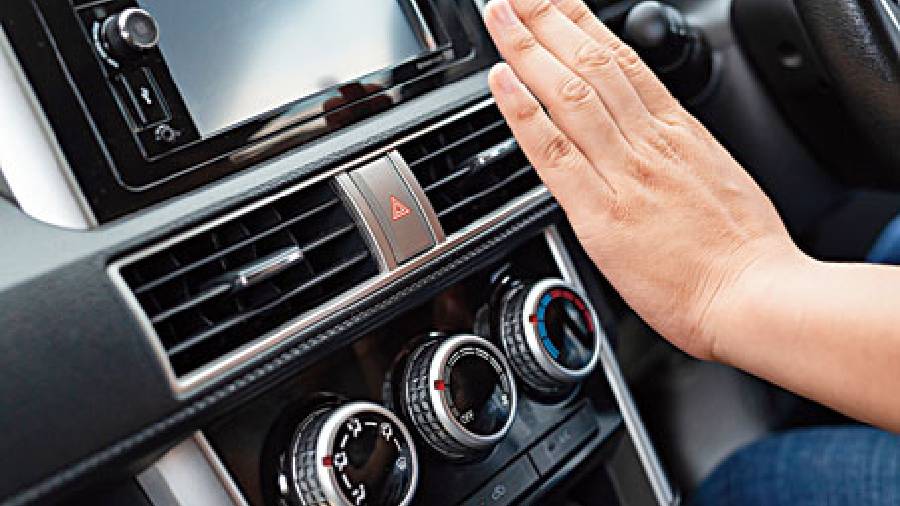
Proper ventilation inside the car is extremely important
The general impression that most people have since India is a largely warm or hot country is to give the HVAC before the onset of summer when air conditioning becomes crucial to the comfort of the user. But one needs to do that before winter as well. There are a number of reasons for that. The first is that during winters one tends to drive with the windows rolled up. If the ventilation system isn't working properly, then the car tends to get stuffy and uncomfortable and fresh air is needed inside the car to clear out the stuffiness and keep the concentration of carbon dioxide at normal levels. Unless properly vented, in extreme situations this could cause drowsiness that could put the car and occupants at risk. There is also the issue of the windshields windows fogging up in the cold and the hot air blower is extremely useful for preventing the glass areas from getting too cold and fogging up. This is particularly the case in places where temperatures go into the sub 10°C zone. So it is important to get the aircon checked to see that the heater, blower and ventilation are functioning properly. The cabin air filter, if there is one, also needs to be cleaned or replaced if it is clogged.
2. Check the wiper blades and wiper motor
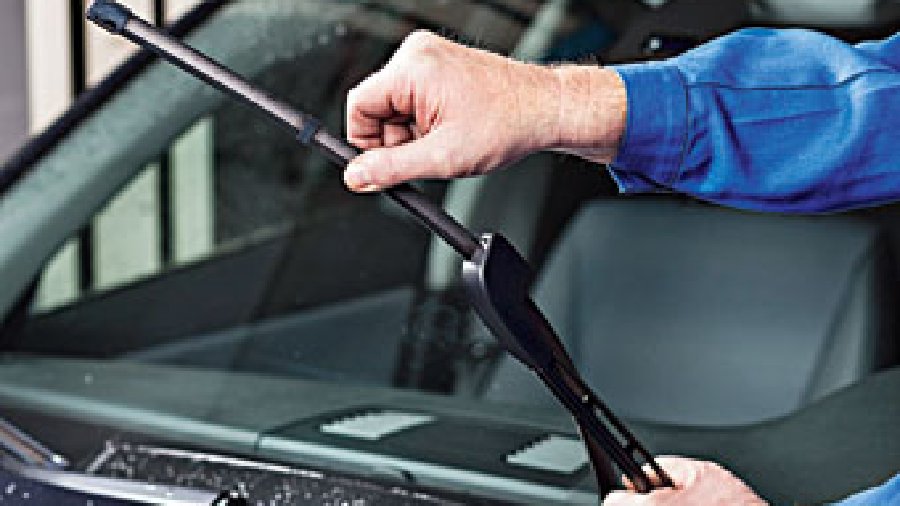
Wiper helps with visibility especially in times of rain or snowfall
This again is a precaution that is necessary to ensure proper visibility for the driver. Using the wiper, definitely those of the front windshield as well as the rear windshield if the vehicle is equipped with it, is often the quickest way of maintaining visibility if there is condensation on the outer surface of the glass area. So the wiper blades need to be supple and in good shape. If one is driving through snowy areas this becomes extra important. The washer fluid, too, has to be topped up and maybe have some car shampoo added to it so that the cleaning is effective and removes the oil film that settles on the windshield during the course of regular use of the vehicle. It is the job of the wiper motor to keep the arms moving. So that needs to be given a check as well, although it does not fail usually.
3. Check and, if necessary, change the grade of engine oil
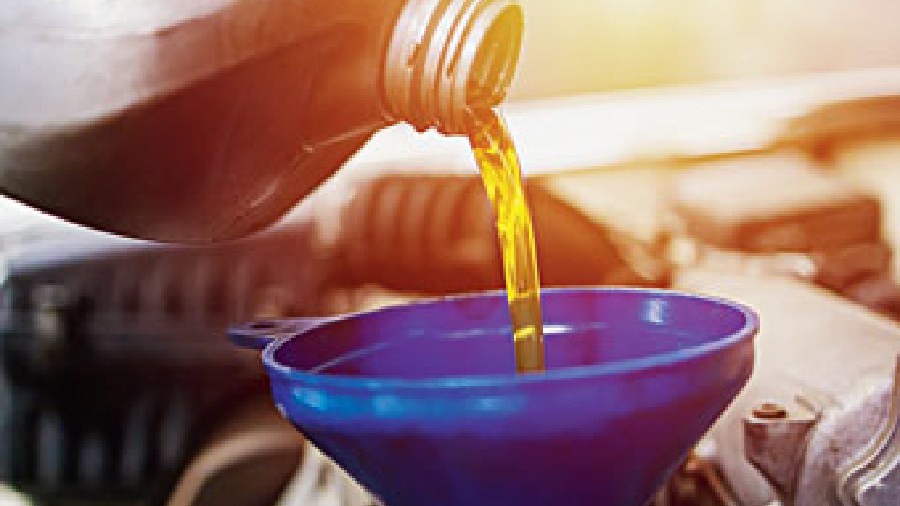
Choose the best suited engine oil in accordance with temperature
Most car companies recommend engine oils that function optimally at temperatures ranging from around 0°C to about 50°C. So, mostly, nothing needs to be done except checking levels and topping it up if necessary. If, however, one is in or planning to take the car to places where the temperature is sub-zero, then it might be a good idea to change the engine oil to one that is more suited for those temperatures, essentially ones that don't thicken too much or turn too viscous in those conditions. This will ensure that starting the car will be easier in the morning after it has sat through the night, especially outdoors or in snowy places, and the engine will run smoother in general.
4. Check the tyre condition, tread depth and inflation
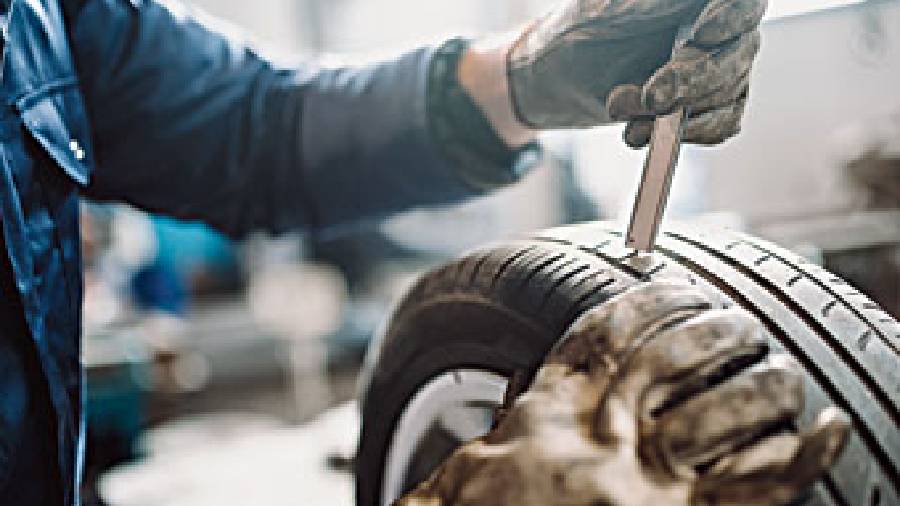
Make sure tyres have optimum pressure
Tyres tend to run colder in winter. While most of those fitted on general use cars and SUVs use rubber compounds that are made in such a way that they perform optimally in a broad range of temperatures, something like zero to about 45°C, they can do so if they are in proper condition. This, for practical purposes, means that there is enough tread on the tyres for them to be able to squeeze out water from underneath them or get enough bite in light snow to keep the car going in the direction in which it is being driven. The tyre walls, too, need to be in good shape and should not be cracked. Thankfully, with modern tubeless tyres cracks would mean a deflation of the tyre but even with tubed tyres, they run the risk of bursting and putting the vehicle at risk of loss of control. Tyres also tend to lose inflation as the air inside loses volume the colder it gets. So one needs to get pressures checked and air put in if needed. An underinflated tyre could result in compromised acceleration, braking and overall control of the vehicle.
5. Check the battery
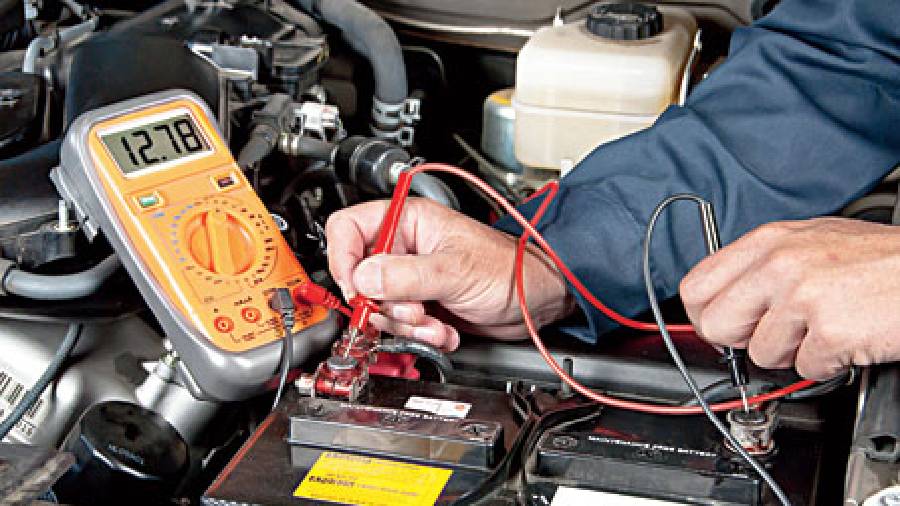
Batteries tend to die faster in cold
Now cold is no friend of batteries. If it gets too cold sometimes the battery tends to get discharged and there is no more surefire way of getting stranded than this. So one needs to ensure that the battery is in good shape because they come under a fair bit of strain trying to turn the engine when the oil is thicker because of the cold, particularly in the morning, but also in general. A weak battery also has a higher risk of getting discharged in the cold than one in good condition. It would also pay to clean the terminals to ensure proper contact and check that they have not corroded away.
6. Keep the car washed and clean
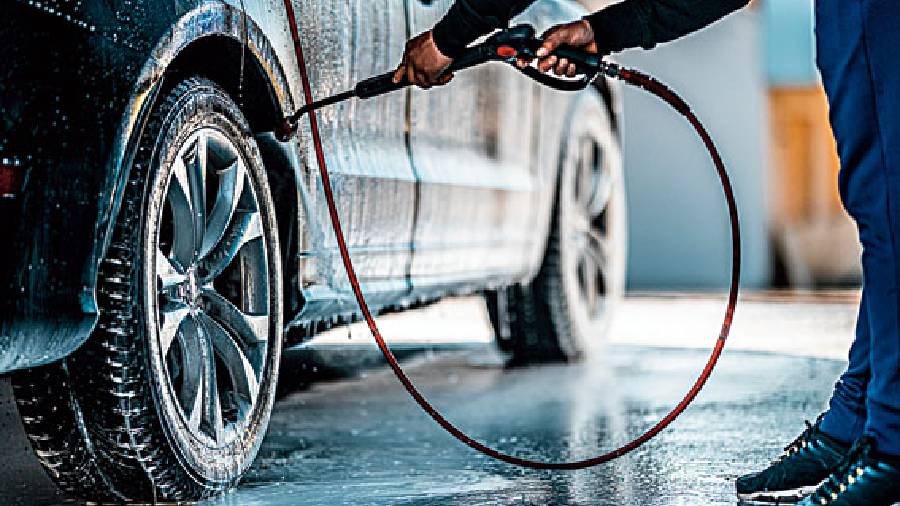
Getting the car properly washed helps in many ways
Winter is when cars tend to have a lot of condensation and even frost on them as the metal body cools down quickly and comes into contact with the water vapour in the air. While the top of the car is usually kept clean, the bottom and wheel wells are another story. Condensation tends to catch dust particles and make them stick to the paint. That, in turn, tends to trap moisture and become sticky for more dust on the road causing a build-up of dust and grime in these parts. The trapped moisture here tends to corrode metal as it doesn't dry out quickly. Also, if the vehicle drives through dirt and slush and gets dirty, it remains wet for longer as lower temperatures slow down the moisture evaporation process. And all of this keeps water in contact with metal longer, increasing the risk of rust corroding the metal. So have the underbody washed a few times during the season even if the car isn't due for a service.
7. Instal fog lamps if needed

Fog lamps help in foggy weather
If you live in or plan to visit places that tend to get fog, having fog lamps can make life a lot easier. In lots of places in central to northern India, it is a common phenomenon in winter, specially on highways. Fog lamps are usually placed lower than headlamps and are designed to spread the illumination under the fog, which usually hangs a little above the ground, and to improve visibility. So it is best to have them set low on the bumper if there is no specific slot for them in the design. There is varied opinion on the colour of the light --- yellow or white --- that works better, but unanimity about where the lights need to be placed and where the beam should be directed.
8. Change the coolant
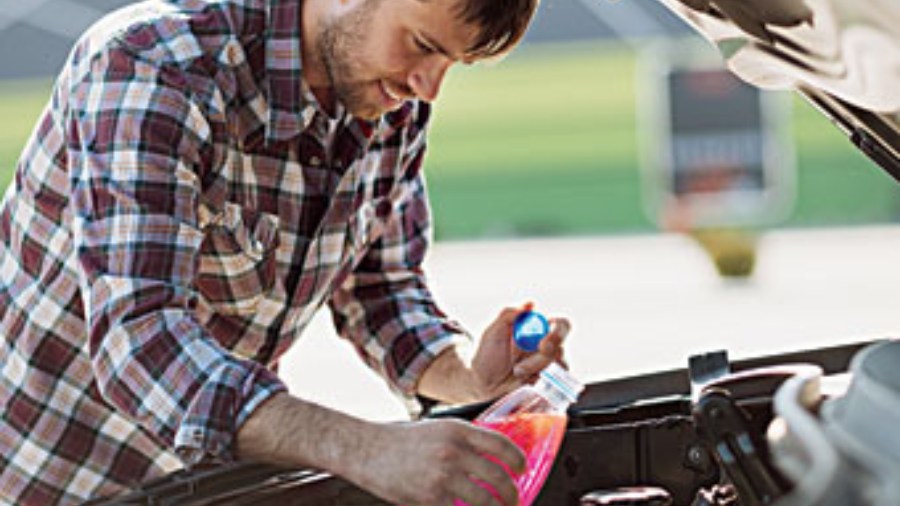
Coolant works in keeping a steady circulation to run the car smoothly
The coolant not only, well, cools the engine by taking away the heat, it also keeps the innards of an engine and the water pump clean and protects against corrosion. Therefore, like engine oil, it has a lot of circulation to do to keep the car running smoothly. And like engine oil it tends to get thicker as temperatures drop. So there are a variety of them that are suited to different ranges of heat and cold. Check the specifications of the one you have in your car and, if needed, swap it for a thinner one so that it can continue to do its job efficiently.
9. Keep a set of jumper cables
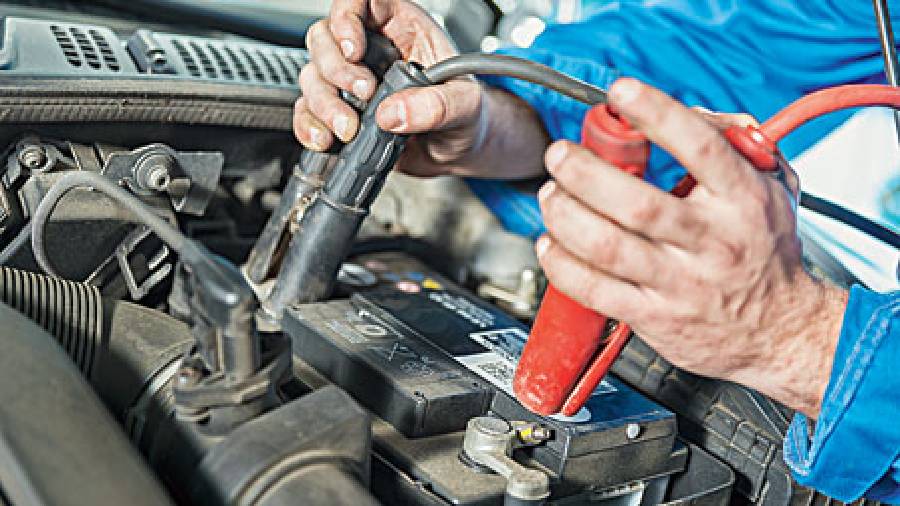
This is a valuable kit particularly in winter. If the battery dies, a set of jumper cables can save the day by starting the car with the help of another one with a strong battery. Once the car has started the alternator has charged the car's own battery to an extent, it should be able to take over the business of running the car once again. In fact, the same applies if one is required to help another car with a dead battery to start.
